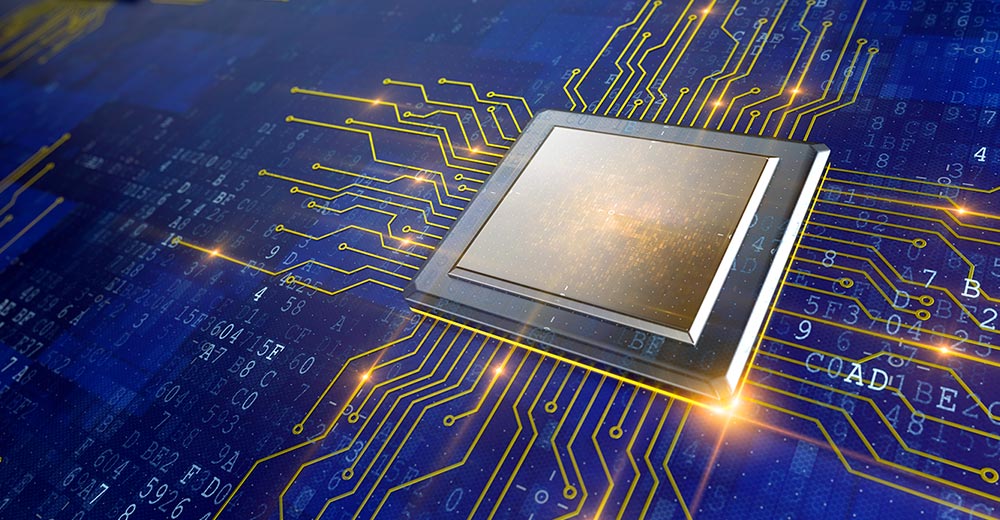There are numerous tasks that can be effectively parallelized and benefit from the capabilities of GPUs. Here are some examples:
- Image and Video Processing: Tasks such as image and video rendering, filtering, compression, object detection, and recognition can be parallelized and accelerated using GPUs. The massive parallel computing power of GPUs allows for efficient processing of large amounts of image and video data simultaneously.
- Machine Learning and Deep Learning: Training and inference of neural networks in machine learning and deep learning applications can greatly benefit from GPU acceleration. GPUs enable parallel execution of matrix operations, convolutional layers, and other computationally intensive tasks, resulting in faster model training and inference.
- Computational Physics and Simulation: Physical simulations involving complex calculations, such as molecular dynamics, fluid dynamics, finite element analysis, and weather modeling, can be accelerated using GPUs. The parallel architecture of GPUs allows for faster computation of large-scale simulations and more accurate results.
- Cryptography and Cryptanalysis: Cryptographic algorithms, including encryption, decryption, hashing, and key generation, often involve parallelizable operations. GPUs can accelerate these tasks, making them beneficial for password cracking, cryptographic analysis, and encryption/decryption operations.
- Data Analytics and Big Data Processing: Analyzing large datasets, performing data transformations, aggregations, sorting, and data mining tasks can be parallelized and accelerated using GPUs. GPUs can efficiently process and manipulate data in parallel, leading to faster insights and improved data processing performance.
- Computer Vision and Object Recognition: Tasks such as object detection, image segmentation, tracking, and feature extraction in computer vision applications can be accelerated using GPUs. The parallel architecture of GPUs allows for simultaneous processing of multiple image pixels or regions, enhancing real-time performance.
- Financial Modeling and Risk Analysis: Financial simulations, option pricing models, risk analysis, and portfolio optimization can benefit from GPU acceleration. Complex financial calculations involving Monte Carlo simulations, numerical algorithms, and risk assessments can be significantly sped up using GPUs.
- Computational Biology and Bioinformatics: Tasks in computational biology, genomics, and bioinformatics, such as DNA sequencing, sequence alignment, protein folding simulations, and drug discovery, can be parallelized and accelerated using GPUs. GPU acceleration enables faster analysis of biological data and more efficient simulations.
These examples demonstrate the diverse range of tasks that can be parallelized and benefit from the parallel processing power of GPUs. However, it’s important to note that not all tasks can be effectively parallelized, and the suitability of GPU acceleration depends on the specific algorithms, software, and hardware configurations involved.
SHARE
